Table of content
- Proteins: The Heart of the Hot Pot
- Vegetables: Freshness Meets Broth
- Tofu and Bean Products: Vegetarian Delights
- Noodles and Carbs: The Finale
- Broth and Dipping Sauces: The Unsung Heroes
- Meat Lover’s Paradise
- Seafood’s Briny Bite
- Vegetables: Reinvented
- Innovative and Nostalgic Bites
- Dipping Sauces and Seasonings
Hot pot and fried dishes, often referred to as “炸炸” (zhá zhá) in Chinese culinary slang, are two of the most beloved dining experiences across Asia and beyond. Whether you’re gathering around a simmering pot of broth with friends or indulging in crispy, golden-brown bites at a street-side stall, the key to a memorable meal lies in selecting the perfect ingredients. This article explores the must-try components for both hot pot and fried delights, diving into their textures, flavors, and cultural significance.
Hot Pot: A Symphony of Flavors in a Boiling Pot
Hot pot is more than just a meal—it’s a communal experience. The art of hot pot lies in balancing ingredients that complement the broth’s base while catering to diverse palates. Here’s a breakdown of essentials:
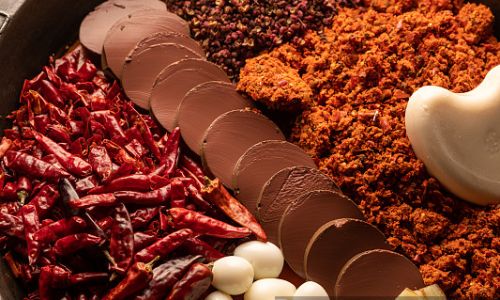
Proteins: The Heart of the Hot Pot
- Thinly Sliced Meats: Beef and lamb are classics. Look for cuts like shabu-shabu beef (paper-thin slices that cook instantly) or lamb shoulder, which absorb broth flavors beautifully.
- Seafood: Shrimp, squid, and fish balls add brininess and sweetness. For adventurous eaters, try oyster meat or cuttlefish rings for a chewy texture.
- Organ Meats: Tripe, kidney, and chicken gizzard are polarizing but rewarding. Marinated in spices, they offer a rich, gamey taste.
- Meatballs: From beef to pork to fish, meatballs provide a bouncy texture. Squid ink meatballs or crab roe-stuffed balls add visual and culinary flair.
Vegetables: Freshness Meets Broth
- Leafy Greens: Napa cabbage, spinach, and watercress wilt perfectly into the broth, soaking up umami.
- Root Vegetables: Taro, lotus root, and potatoes add starchiness. Taro becomes creamy when cooked, while lotus root offers a crunchy surprise.
- Mushrooms: Enoki, shiitake, and king oyster mushrooms elevate the broth’s depth. Wood ear mushrooms add a gelatinous, slippery texture.
- Aromatics: Fresh coriander, scallions, and garlic chives are not just garnishes—they infuse the broth with fragrance as they cook.
Tofu and Bean Products: Vegetarian Delights
- Silken Tofu: Melts into the broth, creating a velvety texture.
- Fried Tofu Puffs: These absorb broth like sponges, exploding with juice when bitten.
- Bean Curd Sheets: Thin, dried sheets that rehydrate into chewy, protein-rich strips.
Noodles and Carbs: The Finale
- Fresh Noodles: Udon, rice noodles, or hand-pulled la mian soak up the concentrated broth.
- Dumplings: Shuijiao (boiled dumplings) or xiaolongbao (soup dumplings) add a hearty ending.
- Rice Cakes: Chewy nian gao (glutinous rice cakes) provide a sticky, satisfying bite.
Broth and Dipping Sauces: The Unsung Heroes
- Broth Bases: Spicy mala (numbing pepper), tomato, or herbal ginseng broths set the tone.
- Sauces: A mix of sesame paste, soy sauce, vinegar, garlic, and chili oil allows diners to customize their flavor profile.
Fried Delights (炸炸): Crispy, Greasy, Irresistible
While hot pot is about communal cooking, fried delights—often served as skewers or bite-sized pieces—are all about instant gratification. The key here is contrast: crispy exteriors, tender interiors, and bold seasonings.
Meat Lover’s Paradise
- Chicken: Wings, thighs, and youtiao (fried dough sticks) wrapped in chicken are staples. Salt and pepper chicken offers a crackly, savory crust.
- Pork: Ribs, belly, and bacon-wrapped enoki mushrooms combine fat and crunch. Pork intestine skewers are a chewy, umami-packed delight.
- Beef: Thinly sliced beef or beef tendon fries up crispy yet gelatinous.
- Offal: Crispy tripe, kidneys, and even chicken cartilage (nankotsu) provide a satisfying crunch.
Seafood’s Briny Bite
- Shrimp: Whole shrimp fried with shells on retain moisture while turning crispy.
- Squid: Rings or tentacles coated in light batter stay tender inside.
- Oysters: Breaded and fried, they’re a luxurious treat.
- Fish: Fish balls or fish fillets dusted in potato starch become airy and crisp.
Vegetables: Reinvented
- Starchy Veggies: Sweet potato wedges, lotus root slices, and taro chips turn caramelized and crunchy.
- Cruciferous Stars: Broccoli, cauliflower, and Brussels sprouts gain a nutty flavor when fried.
- Mushrooms: Oyster mushrooms or enoki clusters become ethereally crisp, almost like chips.
Innovative and Nostalgic Bites
- Cheese: Mozzarella sticks or fried cheese curds offer gooey indulgence.
- Processed Foods: Fried hot dogs, fish cakes, or imitation crab sticks hearken to street food nostalgia.
- Sweet Finishes: Fried bananas, sesame balls (jian dui), or glutinous rice cakes dusted with sugar provide a sugary contrast.
Dipping Sauces and Seasonings
- Spicy Powders: A blend of chili flakes, Sichuan pepper, and salt elevates fried foods.
- Sweet and Sour Sauce: A tangy-sweet glaze for seafood or veggies.
- Mayo-Based Sauces: Japanese-style Kewpie mayo mixed with garlic or wasabi adds creaminess.
Hot Pot vs. Fried Delights: A Textural and Cultural Clash
While both styles celebrate communal eating, they differ in preparation and experience:
- Cooking Method: Hot pot relies on simmering broth, while frying uses high heat for rapid crisping.
- Texture: Hot pot ingredients soften and absorb broth, whereas fried foods aim for contrasting crunch and tenderness.
- Seasoning: Hot pot broths and dipping sauces are layered, while fried dishes often use bold, pre-fried seasonings.
Health Considerations and Modern Twists
Both cuisines have evolved to cater to health-conscious diners:
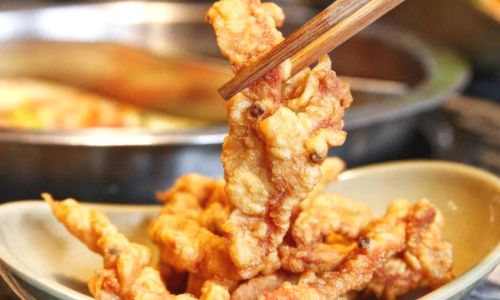
- Air-Fried Options: Some restaurants now offer “healthier” fried foods using air fryers.
- Vegetarian Broths: Mushroom or vegetable-based hot pot broths cater to plant-based diets.
- Gluten-Free Coatings: Rice flour or cornstarch batters replace wheat for gluten-sensitive diners.
Conclusion: The Joy of Shared Plates
Whether you’re dipping sliced beef into a spicy broth or biting into a crispy shrimp skewer, the magic of these dishes lies in their ability to bring people together. The next time you’re at a hot pot restaurant or a 炸炸 stall, remember to balance flavors, textures, and traditions. Experiment with lesser-known ingredients like duck blood curd in hot pot or fried lotus root chips for a twist. After all, food is not just sustenance—it’s a language of its own, spoken through sizzling skillets and bubbling cauldrons.
So gather your friends, fire up the stove, or queue at your favorite fry shop. The world of hot pot and fried delights awaits, one savory, crispy, and umami-packed bite at a time.

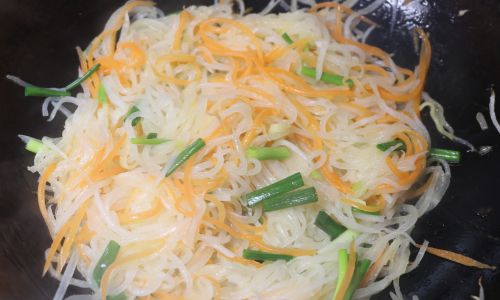
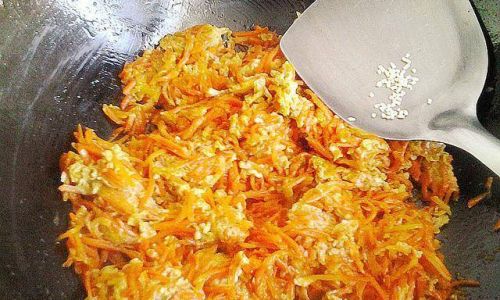
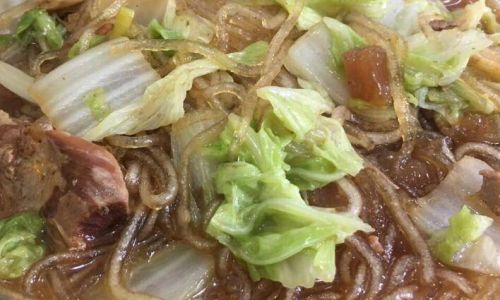
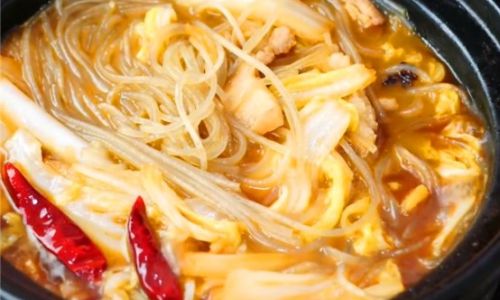
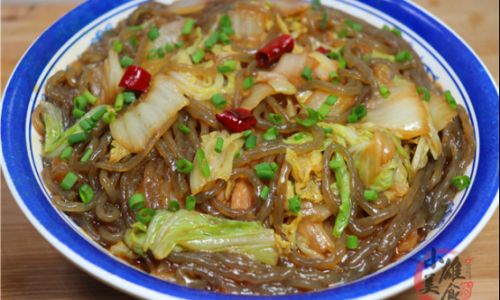
0 comments